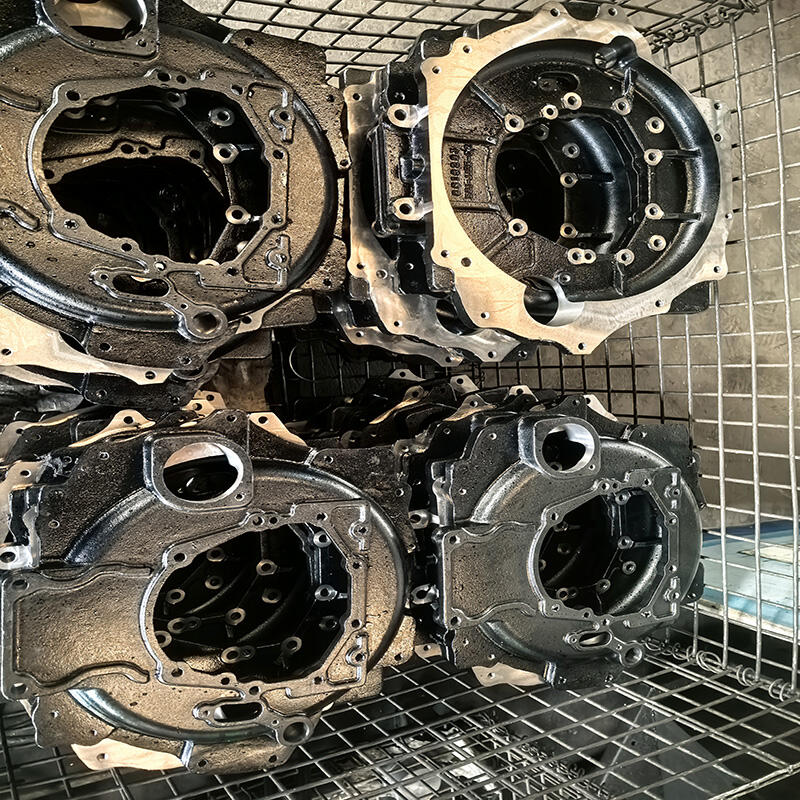Selecting the optimal material for your gear pump body is a critical engineering decision that goes far beyond a simple catalog choice. The pump body, or casing, is the foundation of the pump, housing the gears and containing the system pressure. An incorrect material choice can lead to premature failure, unplanned downtime, and significant cost. The right selection, however, ensures reliability, efficiency, and longevity. This decision should be guided by a careful analysis of five key factors: the use environment, corrosion resistance, wear resistance, processability, and economy.
First and foremost, the Use Environment dictates all subsequent choices. This includes the fluid being pumped (its type, viscosity, and purity), operating temperature, and pressure. A pump handling hot oil, for instance, requires a material with stable thermal properties, while one used in a food processing plant must meet stringent sanitary standards.
Closely linked to the environment is Corrosion Resistance. The body material must be chemically compatible with the fluid to avoid degradation. Cast iron is cost-effective for non-corrosive oils but will fail quickly with water or chemicals. For aggressive media, stainless steels (like 304 or 316) or even duplex stainless steels offer superior resistance, preventing rust and pitting that can compromise structural integrity and contaminate the fluid.
Wear Resistanceis crucial for maintaining pump efficiency and tolerances over time. It is influenced by the fluid's lubricity and the presence of abrasive particles. While hardened steels provide excellent wear resistance, the choice often involves a trade-off withProcessability. Materials like gray cast iron are easy to machine and cast into complex shapes, keeping manufacturing costs low. Tougher alloys, while durable, may require more advanced and expensive machining techniques.
Finally, all these factors must be weighed against Economy. This is not merely the initial material cost, but the Total Cost of Ownership. A cheaper cast iron pump failing in a corrosive application incurs replacement costs, downtime, and lost productivity. Investing in a more expensive stainless steel or bronze pump for that same application often proves more economical in the long run. The goal is to select the most cost-effective material that reliably meets all operational demands without over-engineering.
By systematically evaluating these five interlinked factors, you can make an informed, strategic decision that optimizes the performance, durability, and cost-effectiveness of your gear pump system.

 Hot News
Hot News2025-11-22
2025-11-16
2025-11-16
2025-11-07
2025-11-02
2025-10-25